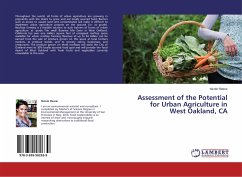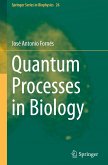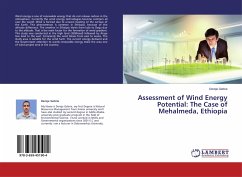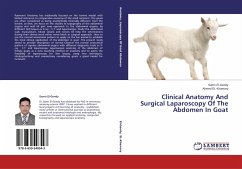Occupational air pollution with nanoparticles is linked to pulmonary disease. It is therefore necessary to identify the cytotoxic effects of inhaled nanoparticles. This study tested the hypothesis that polyoxometalates and CdS quantum dots are cytotoxic to human lung cells. Therefore, the potential cytotoxic effects of three novel nanoparticles, two polyoxometalates (POM I & POM II) and a CdS quantum dot were investigated using the A549 human lung adenocarcinoma cell line. Cells were exposed to the nanoparticles for 1, 24 and 72 hours and cytotoxicity characterized based on metabolic activity, membrane integrity, cellular morphology and clonogenic cell growth. This was achieved using the MTT assay, the Trypan blue dye exclusion assay, light microscopy and the clonogenic assay, respectively.
Bitte wählen Sie Ihr Anliegen aus.
Rechnungen
Retourenschein anfordern
Bestellstatus
Storno








